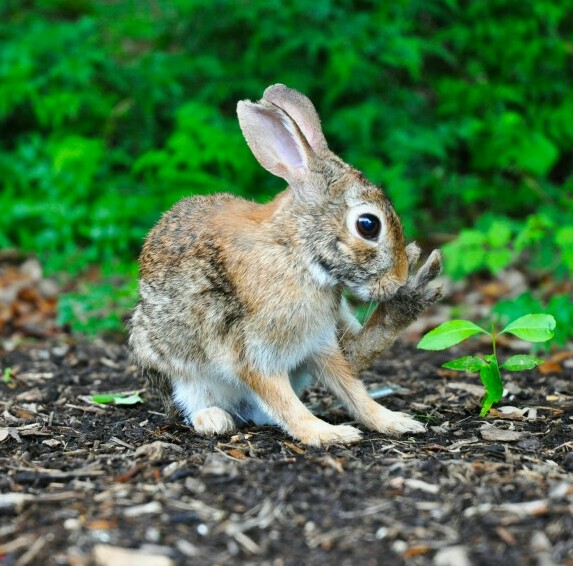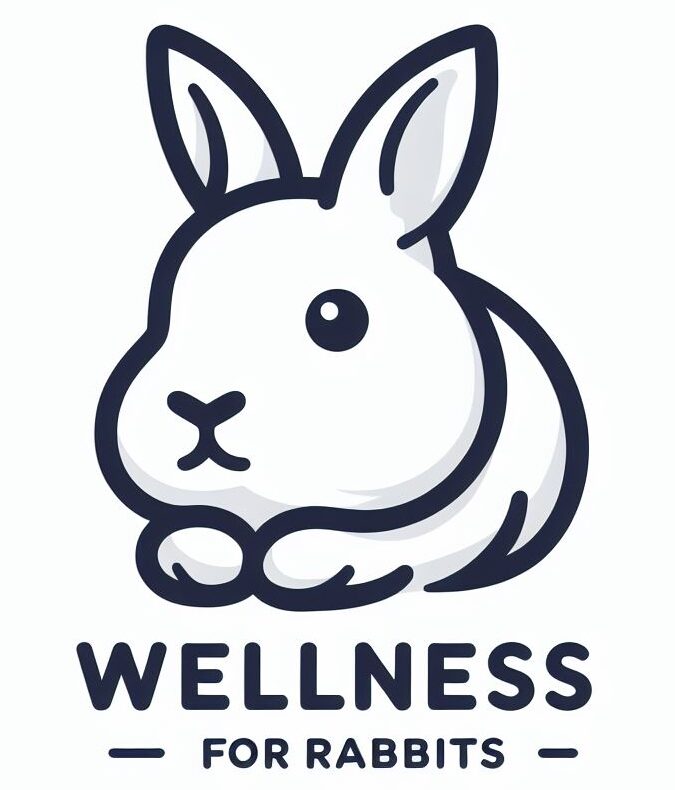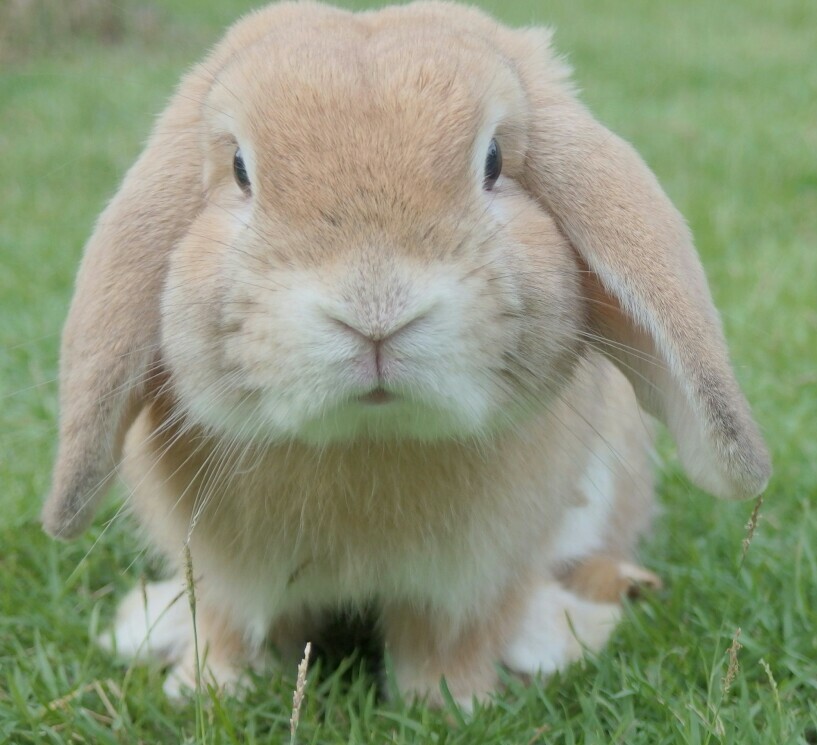While rabbits make ADORABLE pets, they are not as easy as they look. Often, rabbits are adopted for their cute looks but are quickly abandoned once the challenges of rabbit care are discovered. Rabbits are great pets but it is very important to research the full care required to keep a rabbit healthy and happy.
Understanding the Rabbit’s World

To meet the needs of a rabbit, it is important to understand their natural habitat and instincts to know what kind of behaviors to expect. In the wild rabbits are prey, and their instincts are to create a safe hiding place to live such as a burrow. The root of the burrowing instinct is digging. Rabbits need to dig as a way to express this instinct and they will do it whether you like it or not, unfortunately. Most commonly, rabbits will choose to dig carpets because it is similar to the ground. The best way to combat this is to provide other areas or materials for your rabbit to dig and block off areas of the carpet they might be drawn to dig such as the corners.

Domestic rabbits cannot create a burrow in your floor so it is important to provide places for rabbits to hide and have their own space. You can make homemade hiding spaces out of cardboard boxes or you can simply get hiding houses online. Either way, it is important to provide a safe space for your rabbit to retreat.
Rabbits do not like to be picked up because in the wild the only time a rabbit would be picked up is by a predator. This is important to know because rabbits will likely run away when you try to pick them up unannounced. Before you try to pick up your rabbit you have to spend a lot of time bonding with them and building trust to show you are not a threat. Even after extensive bonding, your rabbit may still run away and not want to be picked up simply because it is against their instincts. You have to slowly introduce picking them up with positive reinforcements to show your rabbit being picked up is not a scary situation. If you want more information on this topic check out my article “How to Approach a Rabbit”.
A rabbits environment plays a big role in their behavior and activity. If the environment is very busy your rabbit will likely be tense and defensive. If the environment is peaceful and enriching they will more be content and easygoing. Rabbits are also social beings which means they require a lot of attention either from you or other rabbits. They need companionship and interaction, which is surprising because of how independent they seem but it is very good for their mental health to not be alone all the time.
Nutritional Needs and Common Dietary Misconceptions
Aside from behavior, some common misconceptions about a rabbit’s diet should be understood before getting a rabbit. The first is the importance of hay for rabbits. Not a lot of people know that hay is the most important part of a rabbit’s diet. It is full of fiber and protein that keeps a rabbit’s digestive tract running. Rabbits need unlimited access and supply of hay to encourage them to graze as much as possible.
The second misconception is the general order of food in a rabbit’s diet. The easiest way to look at it is in percentages, it should be 80% hay, 15% leafy greens, and 5% pellets and treats. A lot of people think rabbits should mostly eat garden foods such as veggies and carrots. This is largely because of the cartoon character Bugs Bunny, rabbits indeed love carrots but it should not be the basis of their diet.

If your rabbit is not receiving proper nutrition it may show in their urine and poop. They could be a different color, or texture, or just not producing as normal. It is important to pay attention to how much your rabbit is eating and drinking because if they are not it could be a sign of a much deeper illness such as GI stasis or other pain.
Healthcare Considerations for Rabbits
Another challenge of owning a rabbit is knowing whether or not they are healthy. Rabbits hide pain very well because as prey, they don’t want to show weakness. This makes it very difficult for us to detect pain or illness. The best way to ensure your rabbit is healthy is by taking them to the vet regularly, at least every 6 months to a year. If you notice your rabbit showing any unusual signs such as more frequent hiding/withdrawal, behavioral changes, or irregular eating and bowel movements you should take your rabbit to the vet as quickly as possible. Even though these are small signs, they could be a symptom of a much bigger illness that your rabbit is hiding.
You should also make sure your rabbit has care such as vaccinations, spaying/neutering, and dental health. These prevent larger illnesses that will cost a lot in the long run such as diseases and other surgical requirements. Rabbits are very small and delicate so treatment is more invasive and typically costs more compared to dogs and cats.

These extra costs are not always anticipated before the purchase of a rabbit and can come by surprise. In the past, I have postponed vet appointments because my rabbit seemed healthy but then one small infection happened and it ended up being a much bigger issue than I thought it was and I ended up spending around $1,000. If I had been taking him for more frequent check-ups it could have been prevented and it would have only been around $100. All that to say, it is much easier and cheaper to be on the proactive side of veterinary care vs procrastination.
Housing and Exercise: A Balanced Approach
Housing and exercise needs are not always considered before the adoption of a rabbit, often, people expect rabbits to stay in cages. However, cages do not allow for necessary exercise and stimulation for rabbits. If you think about all the running and hopping around that wild rabbits do just remember that domestic rabbits require the same. Rabbits should be able to free-roam, similar to dogs and cats. Not only do rabbits require a lot of space, but also a lot of mental and physical stimulation. As I was saying before, rabbits need to be able to express their instincts in ways such as digging, chewing, and hiding. If toys and challenges are not provided, rabbits will resort to expressing these on your items such as carpets, furniture, and household items. The best way to combat this is by providing items such as puzzle boxes, toys, hiding spaces, and other stimulation such as digging boxes.
Rabbits deserve the care they want and need to keep them happy and healthy. When rabbits are provided with the proper care and stimulation that they need they will be much happier and loving pets.
Please feel free to reach out with any questions or comments!

